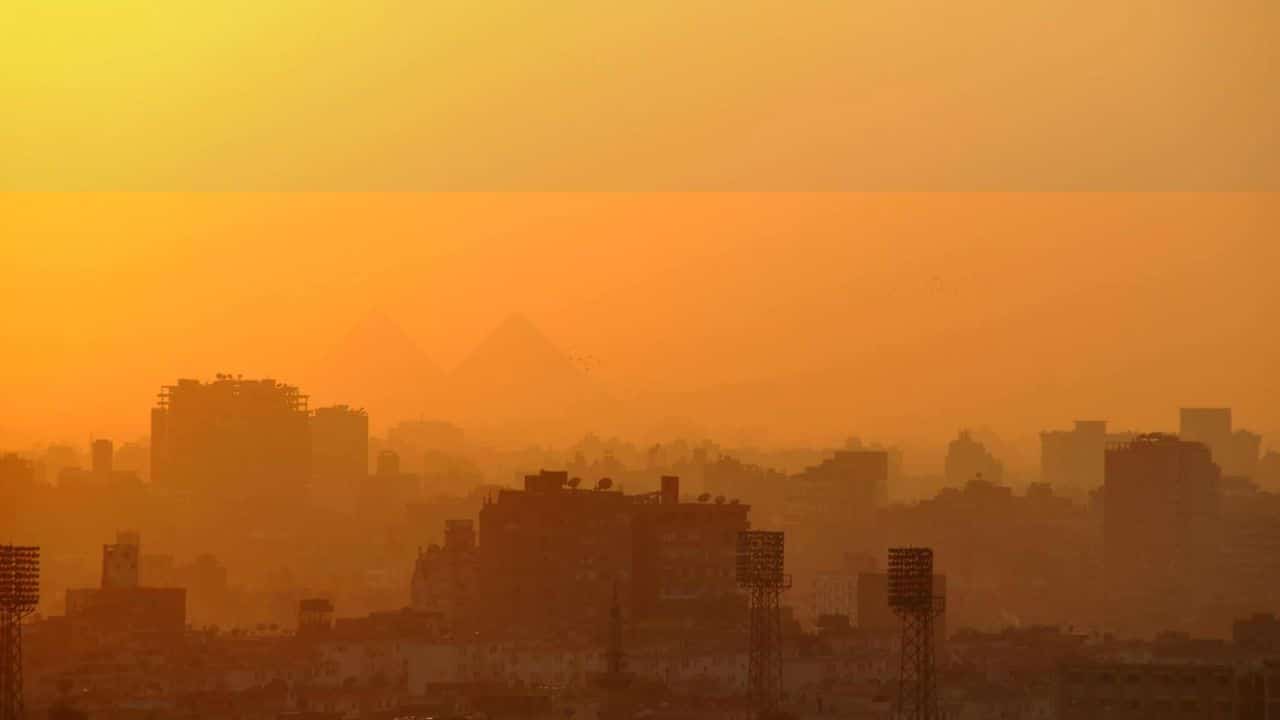Listen to the Podcast:
The world’s temperatures are rising at a frightening rate, which means that heat waves will get worse and happen more often. Researchers from all over the UK have found out which countries are most likely to be hurt by heat waves. This will help them get ready for what’s coming.
This doesn’t just happen in places where heat waves are regular. Socioeconomics, population growth, the stability of energy networks, and the availability of health care services are also taken into account in the new study.
The study finds that places like Afghanistan, Papua New Guinea, and Central America are most likely to be hurt by heat waves. Beijing and Central Europe are also at risk because they have a lot of people, putting a lot of people at danger.
The people who did the study want more to be done to get ready for the coming heat waves, which could be very dangerous. Part of the problem is that we don’t know what’s going to happen next. It’s likely that what comes next will be worse than what we’ve seen so far.
“Often, regions are only ready for events as bad as those they have already seen,” the researchers write in their published paper. “Planning is often sparked by past disasters.”
“Policymakers and governments need to be ready for events that go beyond past records, especially since trends caused by human activity are making extremes more likely.”
The researchers used the most up-to-date climate models and world population data to make their assessments. They also used extreme value statistics, which is a way to figure out how likely it is that extreme weather events will happen again.
The researchers say that over the last 60 years or so, heat waves that are so extreme that they can’t be forecast by models have happened in 31% of the 136 areas that were studied. That’s even more reason for us to get ready for things that right now seem almost impossible.
Climate scientist Vikki Thompson from the University of Bristol in the UK says, “Heat waves are happening more often, so we need to be better prepared.”
“We find places that may have been lucky so far. Some of these places have populations that are growing quickly, some are developing countries, and some are already very hot.” “We need to find out if the plans to deal with the heat in these areas are enough.”
High temperatures can kill people directly, but they also make daily life and work much harder, can be terrible for agriculture and farming growth, and have knock-on effects like making it more likely that wildfires will start.
There is some good news: making plans really does cut down on the number of people who die. Some of these plans include finding cool places in cities, changing jobs, or cutting back on work hours.
Researchers say that developing countries are the least likely to have full plans for how to deal with heat. The hope is that while people keep working to stop global warming, steps can be taken to make sure that the extreme weather events that are now coming our way don’t hurt us too much.
“Being prepared saves lives,” says Dann Mitchell, a weather scientist at the University of Bristol. “We have seen some of the strangest heat waves in the world kill tens of thousands of people because of the heat.”
“In this study, we show that these kinds of events that break records could happen anywhere.” “Governments everywhere should be ready.”










































